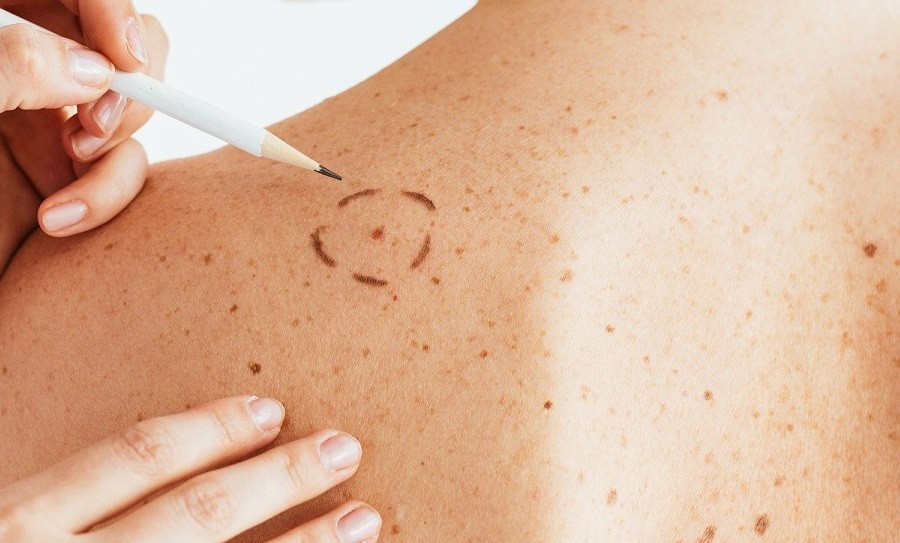Space technology to monitor pigmented skin lesions and facilitate early detection of melanomas

GMV and the Biomedical Research Foundation of Madrid's Hospital Universitario La Paz (FIBHULP) have launched the DALEM project, collaborating in the development and application of the transfer of space technology for the monitoring of pigmented skin lesions.
Opening up new markets for space technologies and increasing the return on investment in them is one of the objectives of the European Space Agency (ESA). To this end, it has recently opened new calls for proposals aimed at transferring space technologies to other sectors. One of these has taken the form of the DALEM project, in which the technology multinational GMV is collaborating with FIBHULP to improve early diagnosis of skin cancer.
Numerous studies show that the best way to facilitate early diagnosis of melanoma and reduce related morbidity and mortality is self-examination. Nowadays, cell phone cameras have sufficient resolution and quality to record an image-based skin map in which pigmented lesions can be identified and traced. Tracking a mole using a cell phone allows a person with no clinical knowledge or special devices to locate and record the evolution of each mole on his or her body over time based on a history of images that the specialist can review at the time of a medical checkup. Thus, adequate screening as a preventive measure in people especially susceptible to developing melanoma would help early diagnosis and reduce morbidity and mortality.
Transferring GMV's space technology to dermatology
The spatial navigation algorithms developed by GMV, which are based on the vision-based algorithms for the precise descent and landing of space rovers, will be applied to the cell phone-based monitoring of pigmented skin lesions. In the spatial context, so-called navigation strategies are able to match points of interest such as craters or other orographic features from a previously acquired image. This allows location tracking and determination of speed and alignment parameters with the desired landing point.
Thus, the transfer of navigation technology to dermatology offers four main immediate benefits:
1. It facilitates early diagnosis of melanoma and reduces mortality from this cause as a result of a self-examination performed by the patient with his or her cell phone.
2. It closes the gap between the dermatologist's work in consultation and what the patient needs for a personalized follow-up: a safe and automatic way to discriminate changes in their skin before the next follow-up visit.
3. It allows the patient to track moles without the need for clinical expertise or specific devices, and to locate and record the evolution of each mole on their own body over time.
4. It enables the patient and the dermatologist to spot the emergence of new pigmented lesions and how lesions change over time.